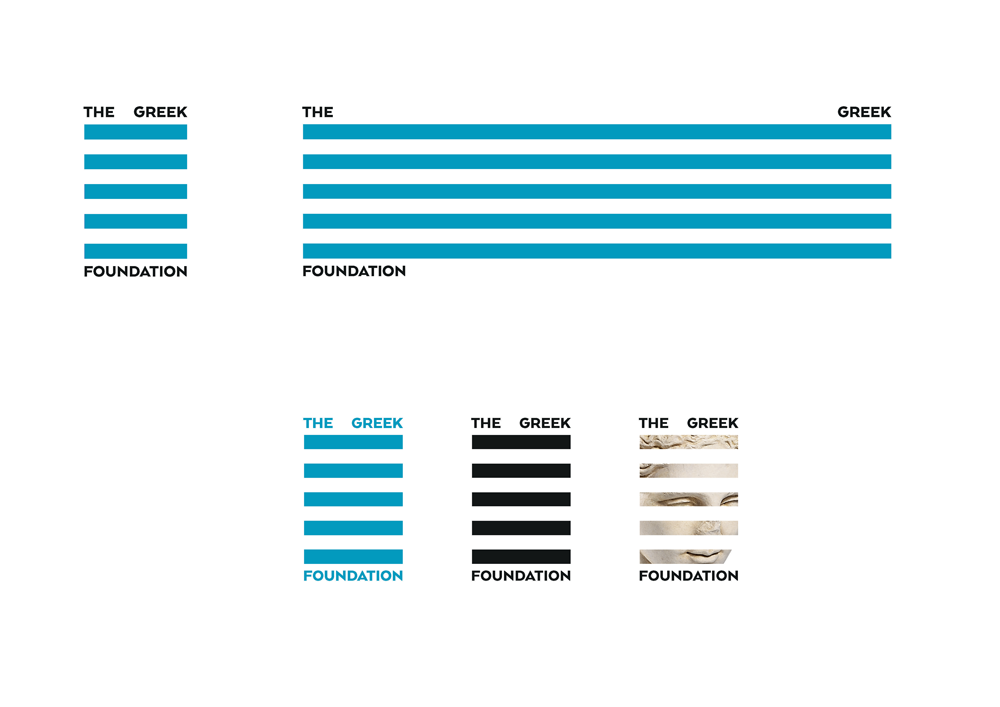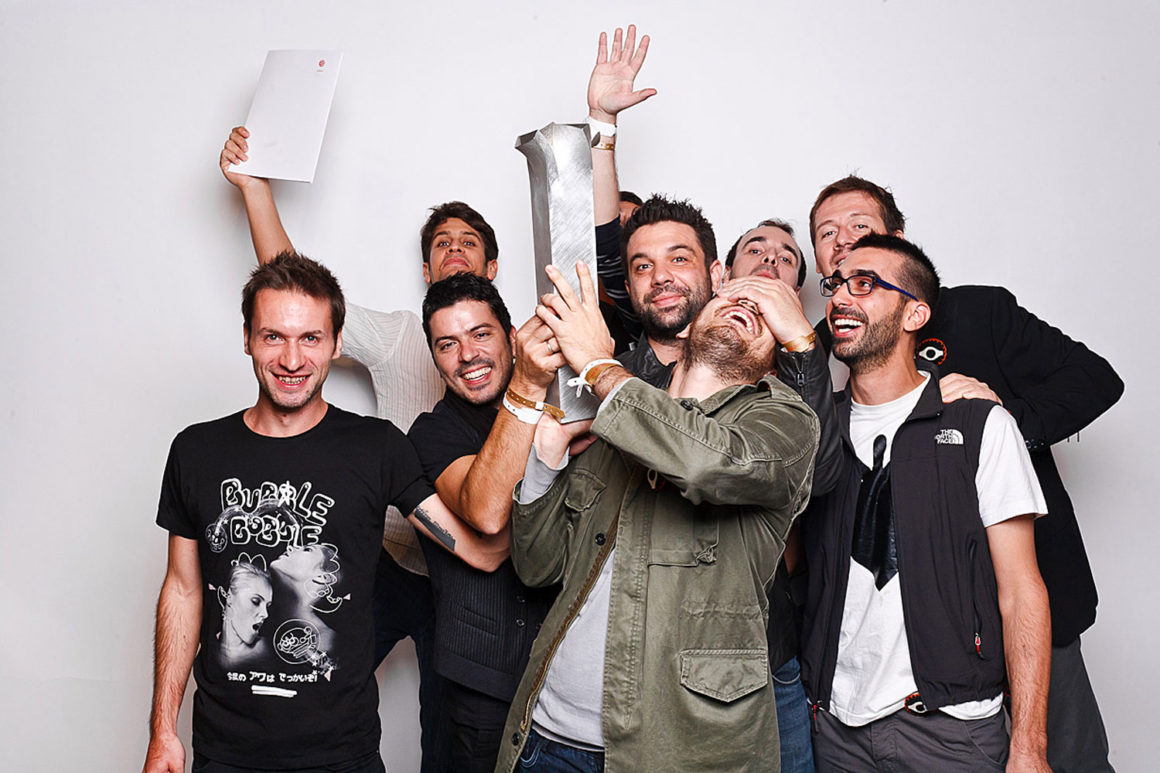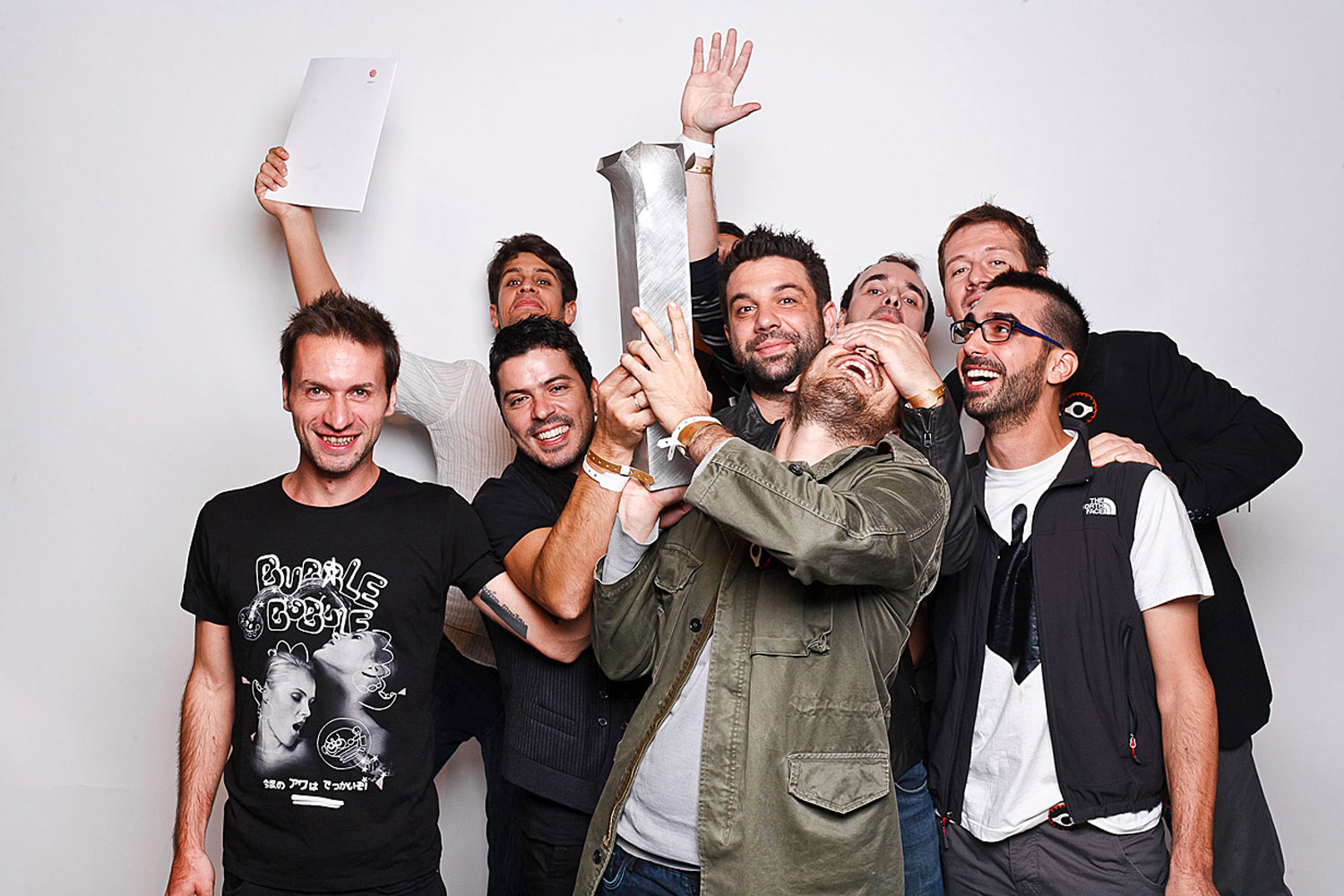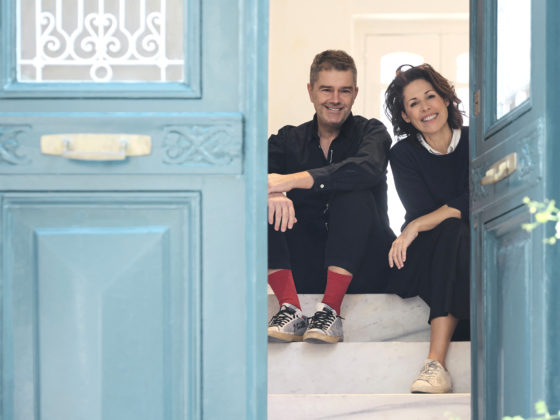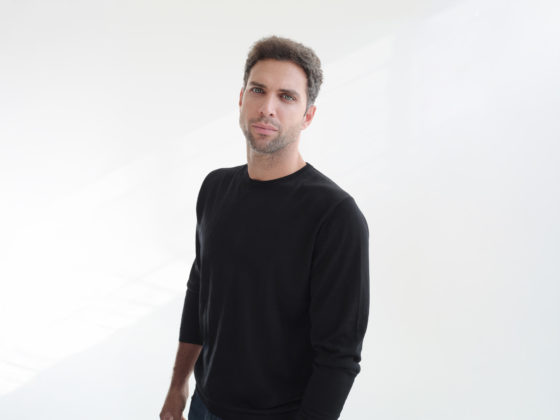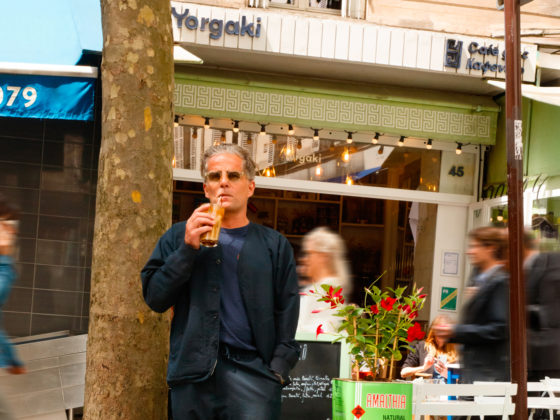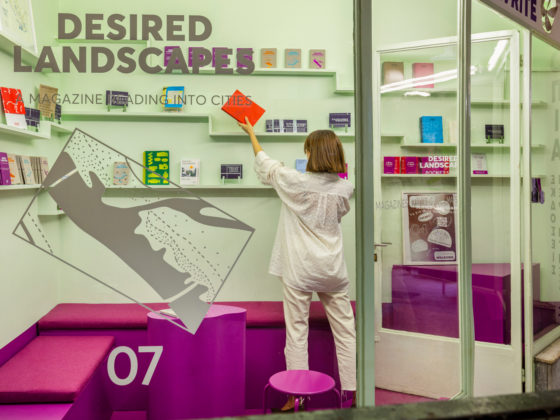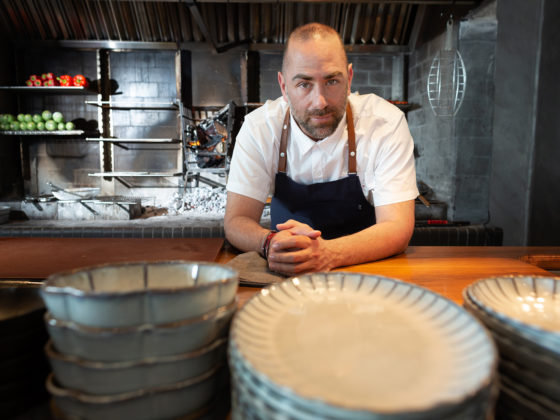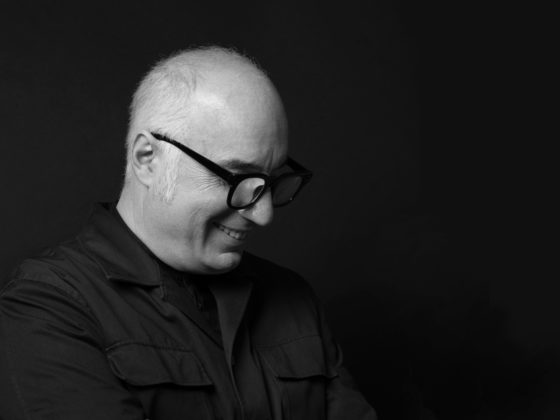An interview with Beetroot Design Group about their approach to design, creativity, the ongoing crisis and the way forward for Greece.
Beetroot Design Group is a Thessaloniki based, multi-awarded communication design office and think tank that provides design services and solutions to a worldwide clientele. It consists of talented and enthusiastic designers with a common goal to communicate via stimulating social awareness with a sense of humor. The team’s interests vary from philosophy to politics, from ethics to aesthetics, from the self to social issues and its approach challenges norms, abolishes restrictions and champions the teamwork spirit. Beetroot has received multiple awards both in Greece and abroad, such as the Red Dot Agency Of The Year, European Agency of the Year, Grand Ermis and many more.
One of Beetroot Design Group’s defining characteristics is diversity – both in your team and with regards to your collaborations. How does that benefit your work? The profile of our team results from the distinct characteristics of each member. Hence, the overall outcome of our work is also the result of blending or “distilling” the work of each one of us individually. Beetroot has a typical hierarchy in place, but in general we operate in an horizontal way. There are no such things as “leader double votes” or personal egos. We always follow what we consider to be the best idea, even if it comes from one of our interns. At the same time, we are a large group, we are friends, and any internal criticism is ruthless as it is obviously always well intended, in favor of the project and never against the creator. That is probably our greatest asset.
Is there a common methodology and philosophy in the way you approach your projects, whether dealing with design, sculpture, video etc.? We are all so different individually, that one could say that our only common inclination is to experiment. Each one of us comes from a different background, has a different perception and often aesthetic approach. Of course, in the course of time, the older members of the team tend to agree with each other aesthetically but that is more out of fear of repeating oneself – the senior staff is more aware of Beetroot’s past projects. Aside from that, when starting a new project all options are on the table.
Despite the important international awards and distinctions you have received, you have chosen to remain in Greece and in Thessaloniki. To what extent would you say that creativity is shaped by the environment a person lives in? Do you think that your work would be different if you were based in a different environment, such as e.g. that of northern Europe? We would definitely be better off living in a state with a proper cultural conscience. Insisting on being based in Greece – and particularly in our beloved Thessaloniki – comes at a constant cost, professionally speaking. However, this is our home, we care about it and we’ll always aspire for its better future. In terms of choosing our working base we are truly romantic.
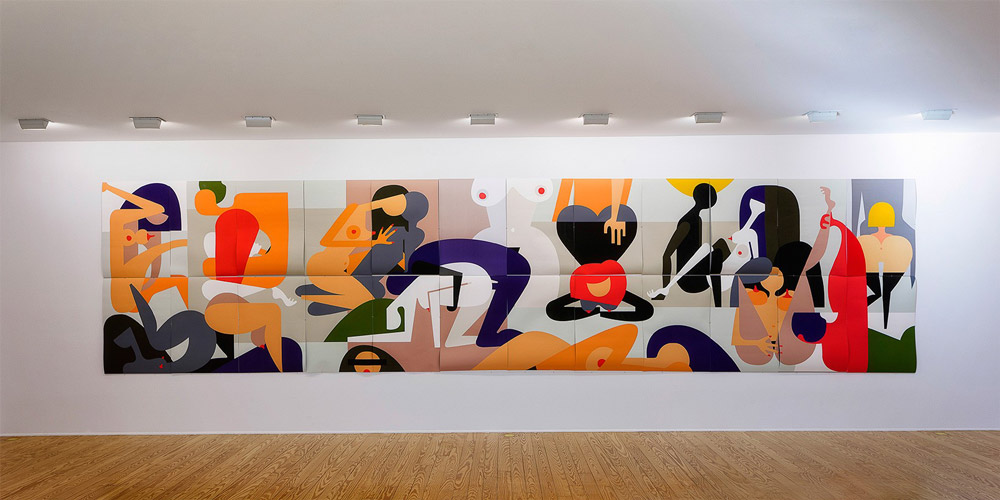
Living in an era of images overwhelming the public in a fast-food manner, how can visual communication succeed and stand out from the surrounding “visual pulp”? Successful visual communication needs, at all times, to respect the “source”, the “emission” and to constitute a two-way process. The object of communication needs to be clear, specific, appropriately targeted, turning the “transmitter” towards the appropriate receivers; the strategies in place should enhance this “signal” and avoid covering it up with useless information that might obscure it. Focus on the essence, careful handling and humor are some of the tools we will always employ. It’s also important to stress that communication is not only “visual”: the extension of communication design to the other human senses such as (predominately) sound and taste, changes the way that things can be communicated nowadays.
How can the creative economy contribute to economic growth in the context of the ongoing crisis? Cultural products – including all products of the design spectrum – constitute a treasure yet to be exploited, which under the appropriate policy can generate huge income and international acclaim for Greece. The crisis can be overcome only through production. Therefore, in order to be part of the solution, we need to be given the freedom to produce. It’s been quite some time now that Beetroot relies on foreign production and a few remaining private investors in Greece, who are also struggling to change things in a similar way that we do.
On which elements should a rebuild of Greece’s visual identity as a country be based on? We often get this question regarding the so-called “Rebranding Greece”. One should bare in mind that this is a particularly important and complicated task which requires extensive thinking and detailed planning; it cannot be answered by making simple suggestions. Have no doubt, however, that should there ever be an invitation by a competent body for us to take part in such a process, we will be as ready as ever. However, as we wouldn’t like to appear to be avoiding the question, we will simply state the following: Greece should focus – perhaps for the first time after so many years – to its future and not to its undoubtedly glorious past.
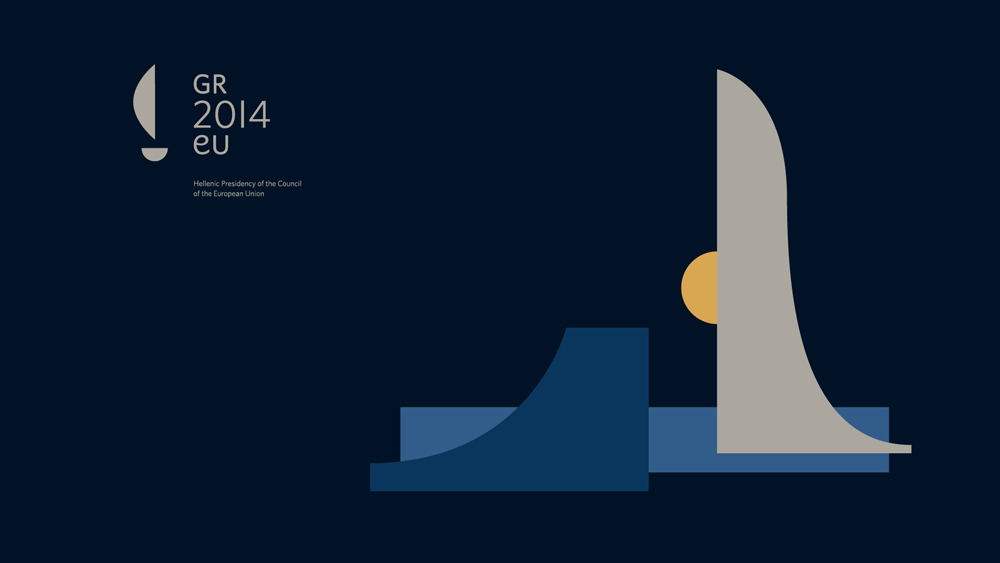
Many of your works make references to Greek tradition and mythology – a fine example being the “Greek Monsters” exhibition. In the era of globalization, to what extent can tradition form the basis for setting out new paths in aesthetics and creativity? This is exactly the point we just tried to make regarding the redesign of Greece’s communication strategy. In “The Greek Monsters” exhibition we used Homer’s and Hesiod’s monsters as a “Trojan Horse”, in order to talk about design, creativity and teamwork. Our aim was not to present the myths per se, but rather to elaborate on them, demonstrating in this way that a so-called “by-product” can in reality offer a path of growth that has yet to be discovered.
In what way do you think that design and art can intervene in Greece’s urban space, in order to become parts of public space? The urban environment has always comprised the greatest cultural ‘school’ for society. When citizens live with art, not only do they get familiar with it but they also learn from it, develop their sentimental intelligence and become more sensitive with regards to communication and creativity. But it is also useful at a practical level. There are numerous examples of cities that achieved economic growth while lacking any kind of significant history or past, primarily by becoming tourist points of attraction on the global cultural map.
In what ways could Beetroot help familiarize and educate the wider public in Greece on issues related to design? For a few years now we have been organizing selective pilot educational activities related to design, targeted to people of all ages, with a particular interest in children. We hope that we will soon be in a position to present a full, regular educational package that can be implemented by any governmental or private educational body. We are also very interested in designing for large-scale organizations, such as municipalities, communities and bodies that address many people in general. One’s aesthetic can be improved even by looking at well-designed posters, street signs, or even restroom signs!
